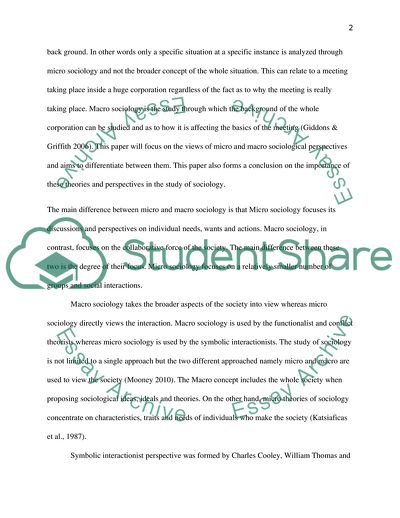Cite this document
(The Differences between Macro and Micro Sociology Assignment, n.d.)
The Differences between Macro and Micro Sociology Assignment. https://studentshare.org/sociology/1750716-explain-the-differences-between-macro-and-micro-sociology-identify-some-of-the-key-sociological-approaches-in-both-areas-which-do-you-think-is-more-useful-for-studying-society-and-why
The Differences between Macro and Micro Sociology Assignment. https://studentshare.org/sociology/1750716-explain-the-differences-between-macro-and-micro-sociology-identify-some-of-the-key-sociological-approaches-in-both-areas-which-do-you-think-is-more-useful-for-studying-society-and-why
(The Differences Between Macro and Micro Sociology Assignment)
The Differences Between Macro and Micro Sociology Assignment. https://studentshare.org/sociology/1750716-explain-the-differences-between-macro-and-micro-sociology-identify-some-of-the-key-sociological-approaches-in-both-areas-which-do-you-think-is-more-useful-for-studying-society-and-why.
The Differences Between Macro and Micro Sociology Assignment. https://studentshare.org/sociology/1750716-explain-the-differences-between-macro-and-micro-sociology-identify-some-of-the-key-sociological-approaches-in-both-areas-which-do-you-think-is-more-useful-for-studying-society-and-why.
“The Differences Between Macro and Micro Sociology Assignment”. https://studentshare.org/sociology/1750716-explain-the-differences-between-macro-and-micro-sociology-identify-some-of-the-key-sociological-approaches-in-both-areas-which-do-you-think-is-more-useful-for-studying-society-and-why.


